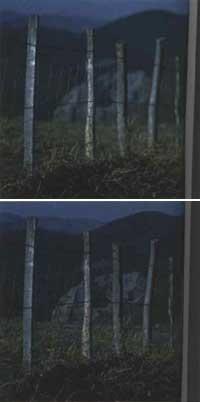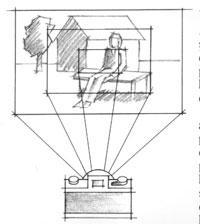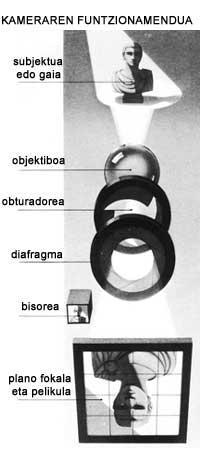Purity control (II): shutter speed and definition
1994/07/01 Nogeras, Itziar - Elhuyar Fundazioa Iturria: Elhuyar aldizkaria
Cameras with different shutter speeds allow you to take a photo in numerous lighting conditions and, above all, stop the movement and leave it sketched.
If you take the photo to a standstill, the shutter speed change is not noticeable in the result, but if you take out the one that moves or moves the camera, the results vary greatly depending on the shutter speed.
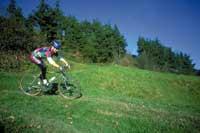
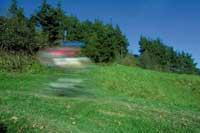
The exposure time of the film to light depends on the shutter speed. At lower shutter speed, lower definition of the moving element.
The speed of movement with the camera, distance and direction (indirect or indirect) determine the result.
The different shutter speeds not only affect the movement of the moving element, but also the movements that can occur in the camera.
At a speed greater than 1/125 the camera movements are not noticed in the result. If working at lower speeds, support is required. There are many ways to hold the camera: squeeze the cuffs to the waist height, place the fist on the knee, or use the floor, a table or something similar as a support. Even without breathing when clipping, relatively low speeds can be used. On the other hand, and especially for working at speeds below 1/30 or 1/50, there is also tripod and clisk cable.
All this has to do with the focal length of the lens and when we say that we have to pay special attention to a speed less than 1/30 we mean the normal target, which normally has a focal length of 50 mm. But for example, if you use a telephoto lens of 125 mm focus length, the limit is 1/125 mm.
In any case, fast camera movements should be avoided at any speed. When taking out the photo you have to hold firmly to the body of the camera and press the trigger without hitting.
The correct way to handle the camera before taking the photo is as follows: the left hand holds the lens and handles the aperture and focus. The one on the right takes care of the speed (next to the trigger in the body of the camera) and of overtaking the film.
Sometimes you want the person who moves to stay completely still, but other times (when you want to get special effects or express a feeling of movement) you don't want to go completely still.
The high speeds consolidate the movement, the stockings slow slightly and the lows do not stop at all (showing the blurred image or even disappearing at times).
The stopping or fixing speeds of the movement are high. High speeds are usually higher than 1/500, but if the moving one does not have a very high speed or goes transverse to the camera, even with lower speeds (up to 1/125) movements can be fixed.
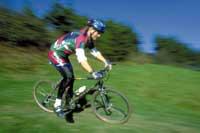
Leadership also has to do with the reflection of the movement. To obtain a fixed image of the object in associated motion, shutter speeds greater than those in indirect motion are required.
Distance also has to do with all this. The further away the object from the camera, the lower the speed at which the object can be fixed.
On the other hand, it is also a technique called “sweeping” to demonstrate movement. This is done by keeping the object in the same direction with the camera (moving the body from the waist up to the left or vice versa). They do not usually need very high speeds (especially when the technique is mastered) and a very high sense of movement is achieved, with a very prominent subject. It leaves the background sketched and the definition of the object remains as when our eyes follow something moving. It is important to take the photo out and keep the trigger pressed for a while and not release it as soon as you take it out.
Another way to follow the movement is that the photographer himself travels in a moving vehicle.
But do not forget that, at low speeds, even leaving the images blurred, you can get very interesting results.
Finally, we will say that there is no time to focus this type of photographs. You should calculate the distance in advance.
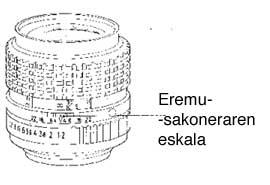
You can prove it Find a scenario with elements that move at different speeds (sports activity or group of children playing, e.g. ). Take 4 photos:
|

Gai honi buruzko eduki gehiago
Elhuyarrek garatutako teknologia




